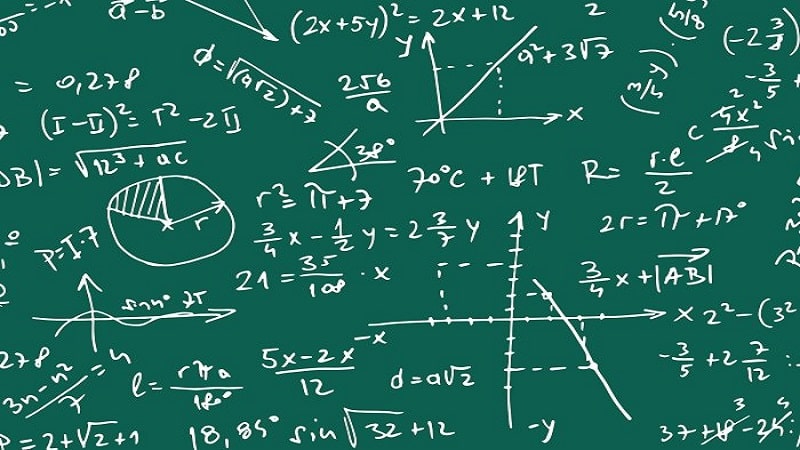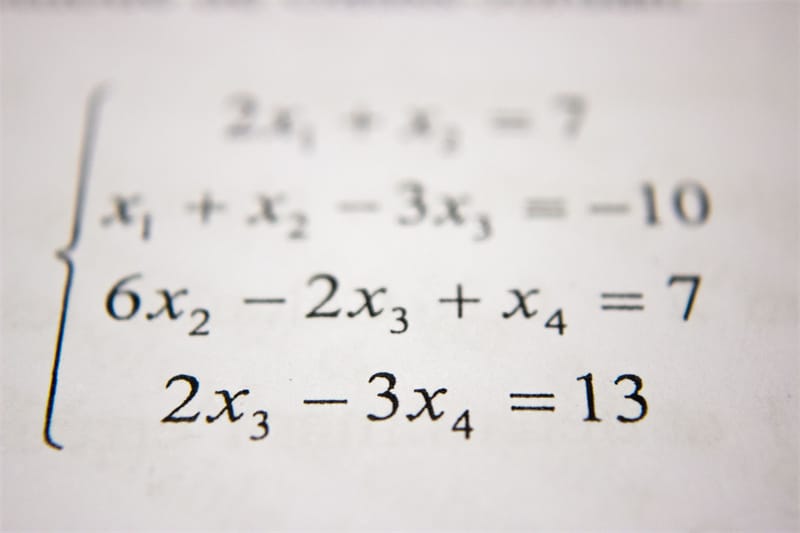
Mathematical modelling is when you describe a real-world problem in mathematical terms. More often than not, models are described using equations. These equations, when generated, can then make it easier for individuals to better understand the original problem, and discover a resolution for it.
All industries can benefit from mathematical modelling; however, it is used in some industries more than it is in others. In particular, it is used in engineering, social science, natural science, and computer science.
If for whatever reason you have been tasked with creating a mathematical model, then this post has you covered. Here are six tips for creating your own working model.
Different Models

One of the first things that you need to think about if you are intending on developing a mathematical model is the type of model you’re going to create. There are many different existing models that you can use, like the linear model. In an article providing a breakdown of stepwise regression, the experts over at BowTied_Raptor explain that the linear regression model describes a relationship between a dependent variable and one or more independent variables.
Taking time to learn about these different modelling techniques will make it easier for you to form your own. There are many different models that fall under the mathematical modelling umbrella. Taking time to learn about these will make your models more effective, and easier for you to interpret and understand.
Establishing Data
After you have taken time to learn about the different modelling techniques, you should take some time to establish, and go over the data you will be using. Also, take a little bit of time to think through what you want to know. Working through what you want to know, and what you do know, are fundamental parts of the planning process.
You won’t be able to effectively create any kind of mathematical model until you have meticulously planned it. Write down all of the data you currently have, and everything you know about your model’s subject.
Physical Principles
Once you have thought through your model and compiled all of the data that you have, you then need to begin determining the physical principles that govern your model’s subject. Think about things like volume, time, and gravity. If you are currently a student, then you may want to reach out to your lecturer and ask for their support at this stage, because it can be very confusing.
There are also many guides and videos available online that you can use to determine your subject’s physical principles. Write these principles down in the same document where you have compiled data and information.

Identify Equations
Next, you need to identify the equations that you are going to use. By this stage in the modelling process, you likely have some experience with mathematical modelling. If it is your first model, however, and if you have no prior experience, it’s a very good idea to consider reading a guide dedicated to the various different equations used in mathematical modelling.
As mentioned in this post’s introduction, models are usually expressed as equations. If you do not know about different equations (or models for that matter) then you won’t be able to create a model.
Researching Others
A good way to learn about different models and equations is to research other people’s work. You should be able to find lots of mathematical models online. A good way to do this is to read research papers and university-level studies. Such papers are usually available for free online. If you are going to use somebody else’s model (or draw inspiration from them) then it is a good idea to cite them.
Citing them is a way of paying respect, and also ensuring that you don’t get brought up on plagiarism if the teachers marking your model recognise it as having come from somewhere else.
Creating Model
Finally, once you have followed all of the steps outlined here so far, you can go ahead and create your model. Use the data and diagrams that you have created to make your model. Be sure to go back and check your notes during the creation process, so that you can ensure everything is the way that it’s supposed to be.
Also, ensure that your model is a good representation of the actual relationship between your various data points. You may need to download and use some kind of computer program if you are creating a complex model. Simple ones can be made without the support of specialist programs, however.
Mathematical models can be hard to create, there’s no getting around it. However, if you take some time to do your research, study, and use online learning resources, you will be able to create yours with ease.










